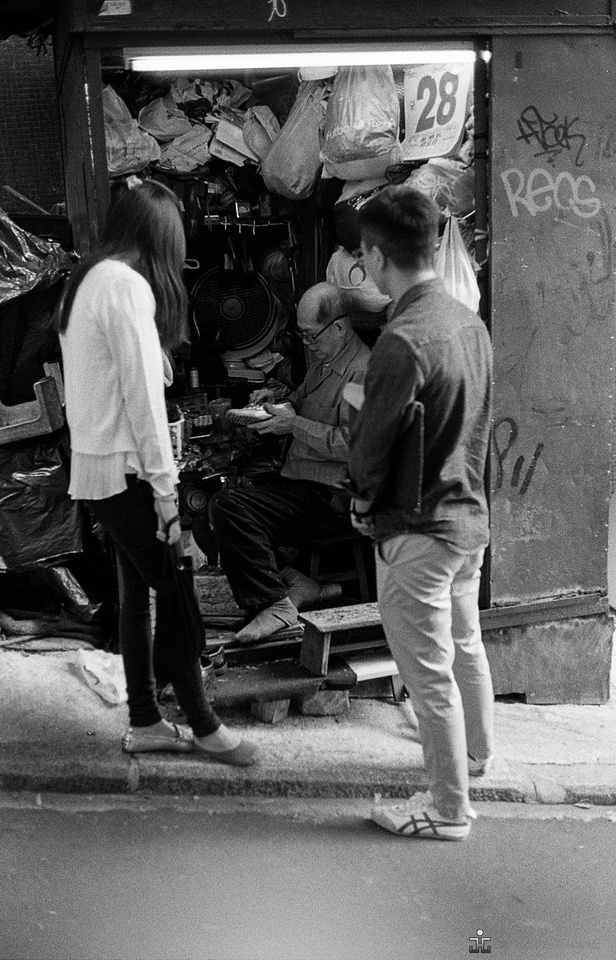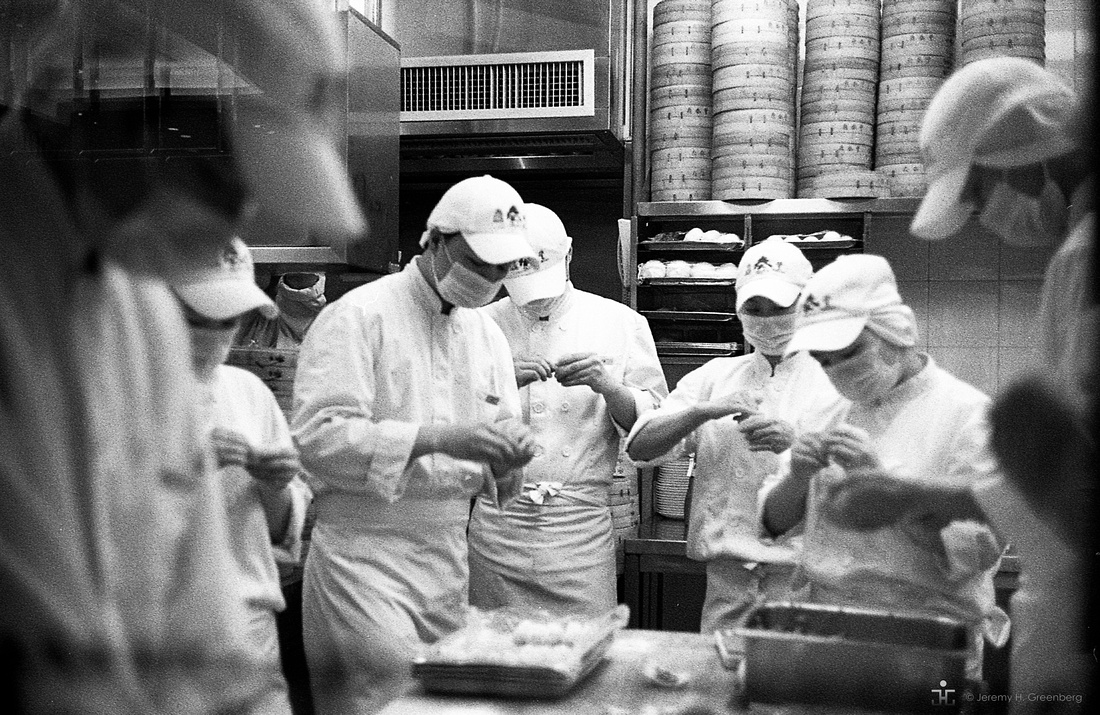Blog #60 Atmosphere
Blog #60 Atmosphere
Have you ever looked out a window that has direct sun light pouring through and notice the specks of dust that dance around in a random fashion? Have you ever noticed and appreciated the grain associated with the film photographs and thought about the grain as though they were individual photons [particles of light]? There's an aesthetic there that is unique and special. I’m talking about the quality of a two-dimensional image that presents as a three-dimensional image. In other words, depth. When you can see and feel the air in a photography, it’s got atmosphere.


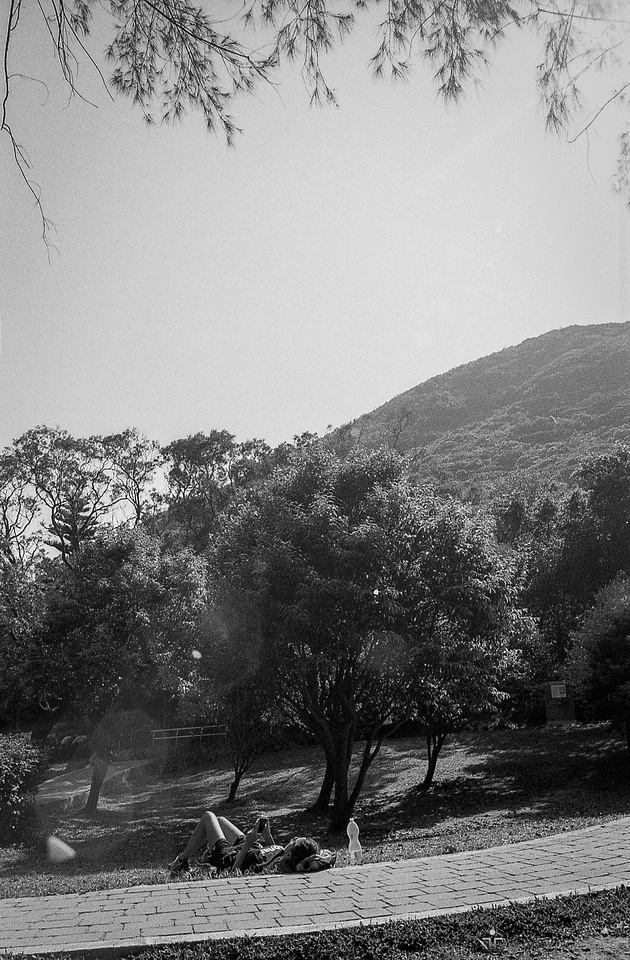

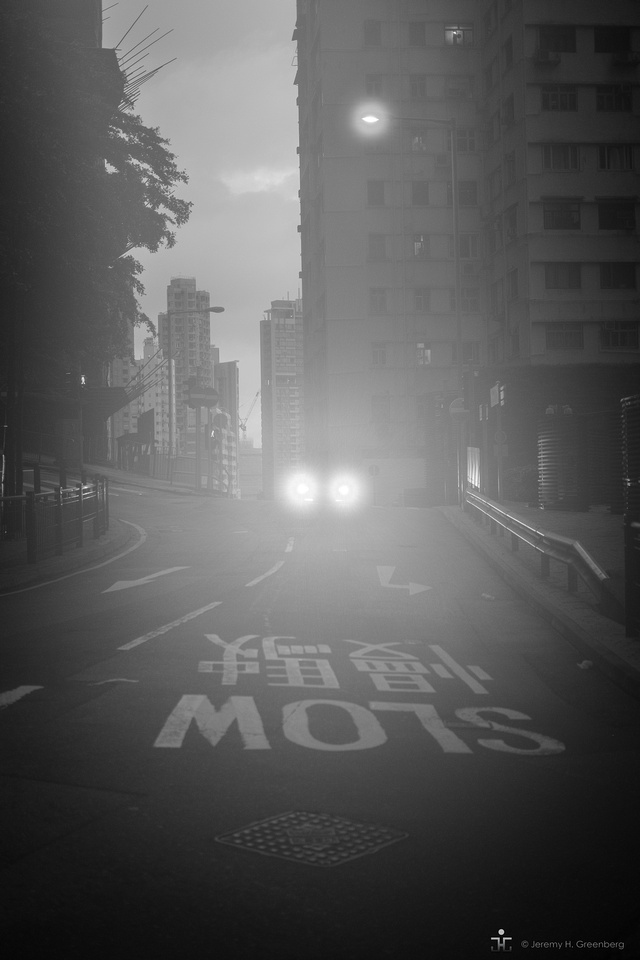

If you look at the Editor’s Favorite’s on the National Geographic website, you’ll know what I mean. There, you will find many excellent examples. Atmosphere is a special quality of an image that really makes it *POP* Sometimes this is due to the light. Sometimes this is due to the tones, or texture in the image. Atmosphere may be achieved through the gentle focus fall off that isolates the subject within the frame and allows everything else in the image to melt away. Grain or digital noise usually ads atmosphere to an image without degrading the quality or otherwise distracting from the subject.


Atmosphere is the proverbial cherry on top of the image that is already good, already works, and achieves greatness. It’s the holy grail of photography. This is equally as difficult to achieve conscientiously as it is rare. Look for fog, lighting, or some tangible aspect in the air quality to capture. One of the ways that you can put the viewer into your image is through the addition or inclusion of atmosphere. It’s a real challenge to achieve this but the results are well worth the effort.
The light is always right.
jhg
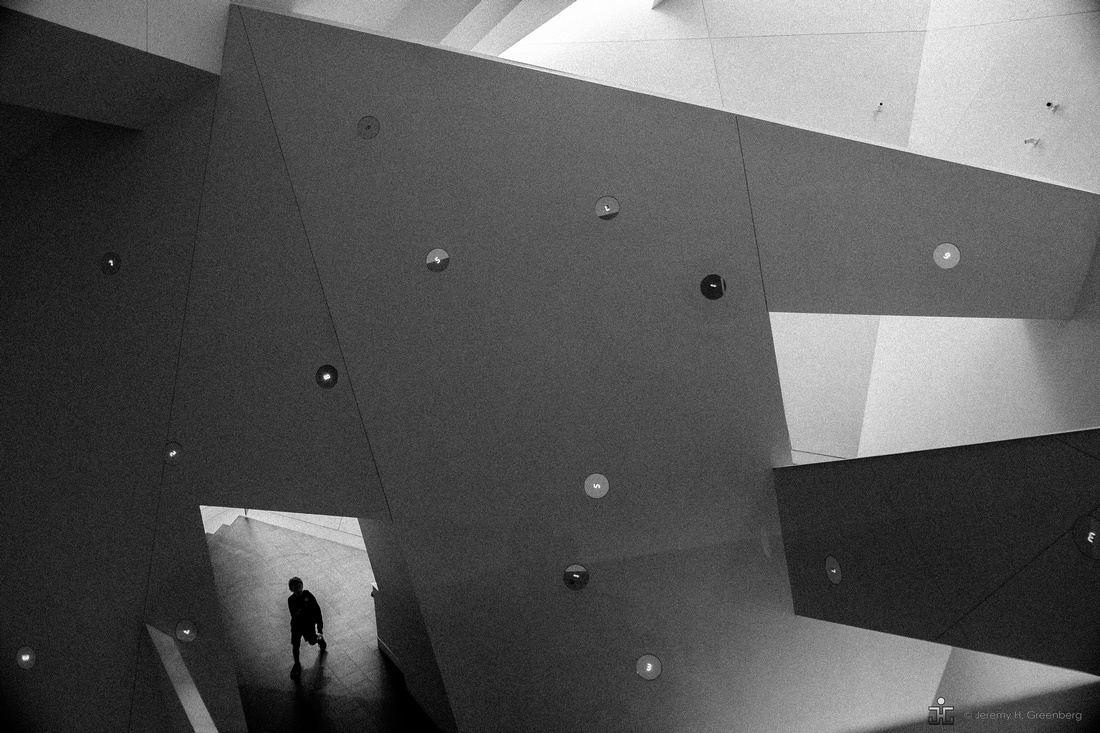

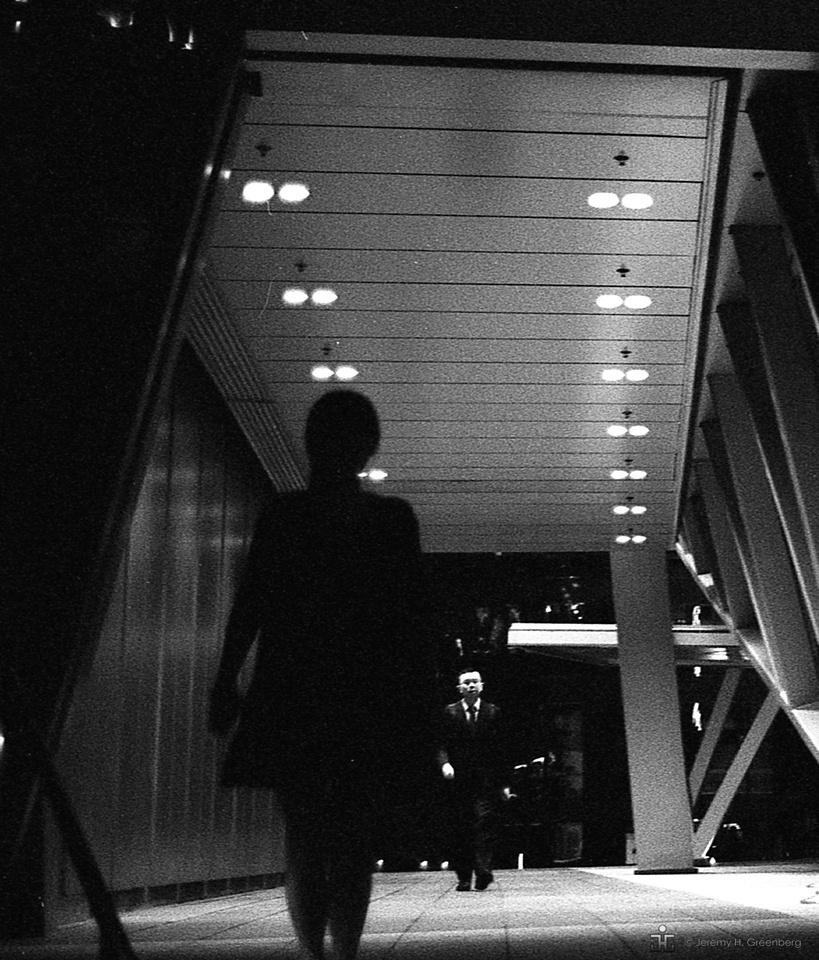

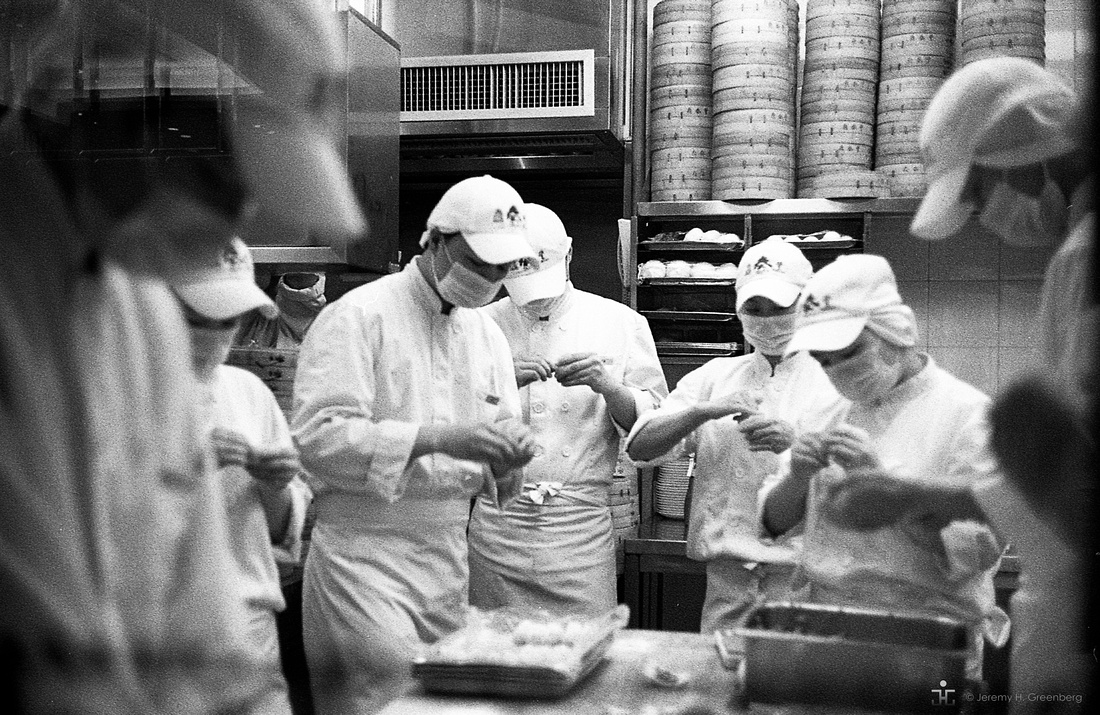

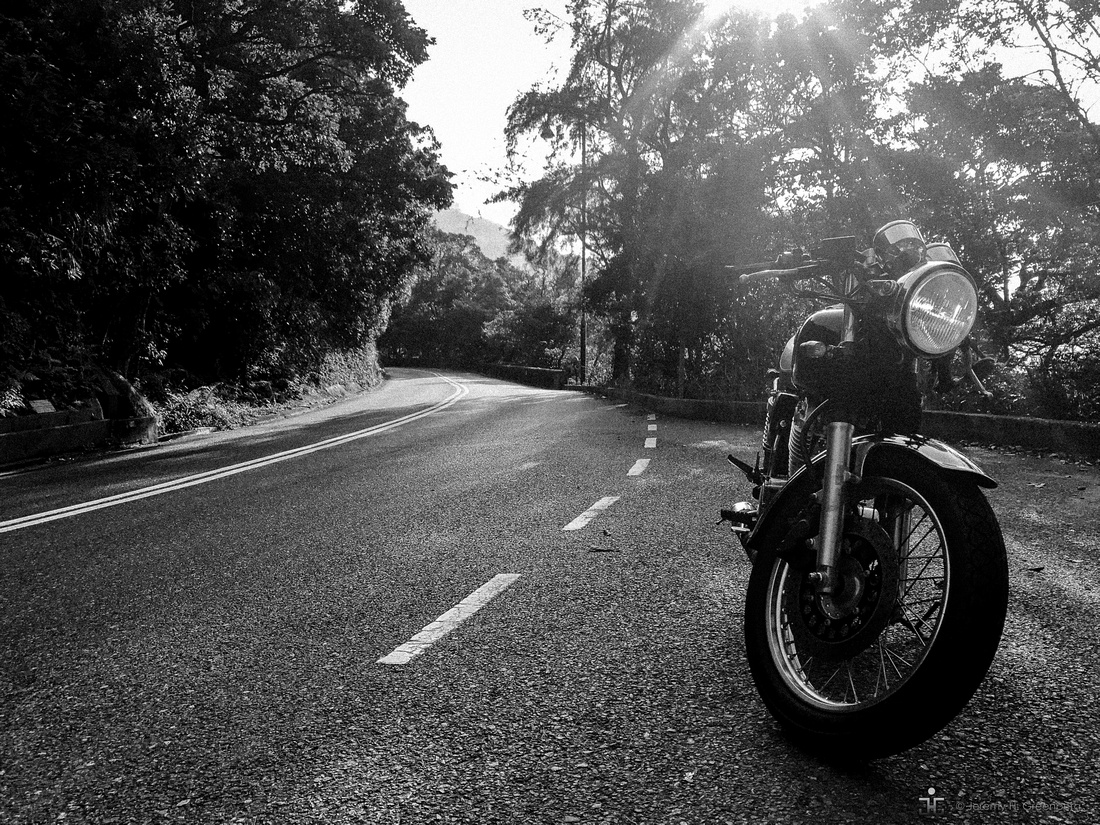



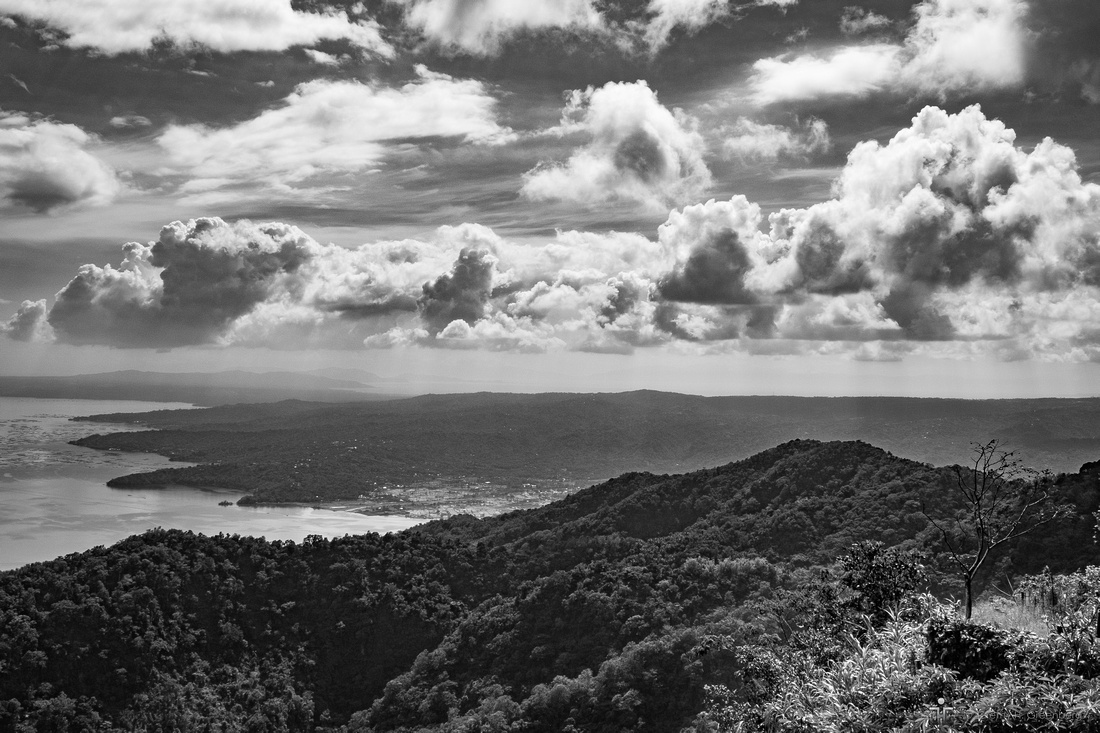













Blog #59 Hanging [with] Art
Blog #59 Hanging [with] Art
Spring is the season of art in Hong Kong. In March there is Art Basel which is followed shortly by the Affordable Art Fair in the month of May. These are wonderful shows that feature many types of art from artists all over the world. There are sculptures, paintings, drawings, and of course framed photographs of all sizes. The pieces are affordably priced hence the name. It’s wonderful thing to be surrounded by art, especially at home. A recent article in the South China Morning Post described this and offered some suggestions (SCMP).
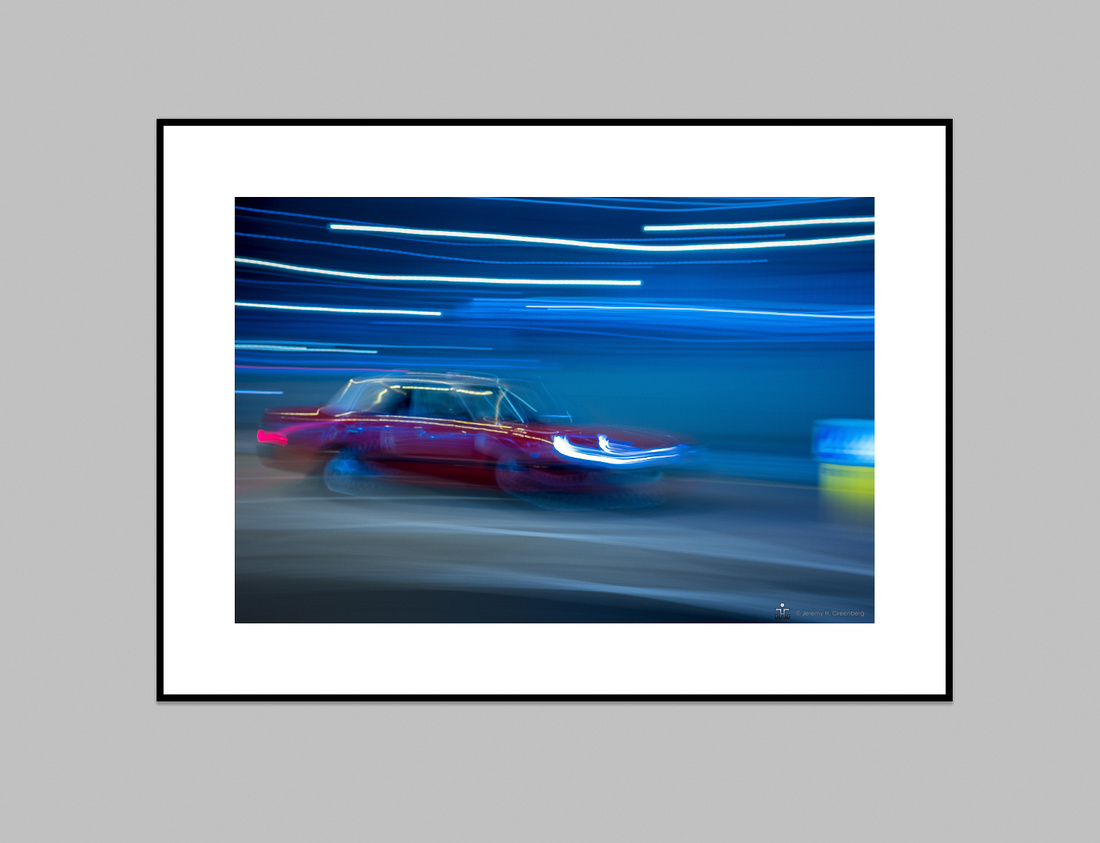

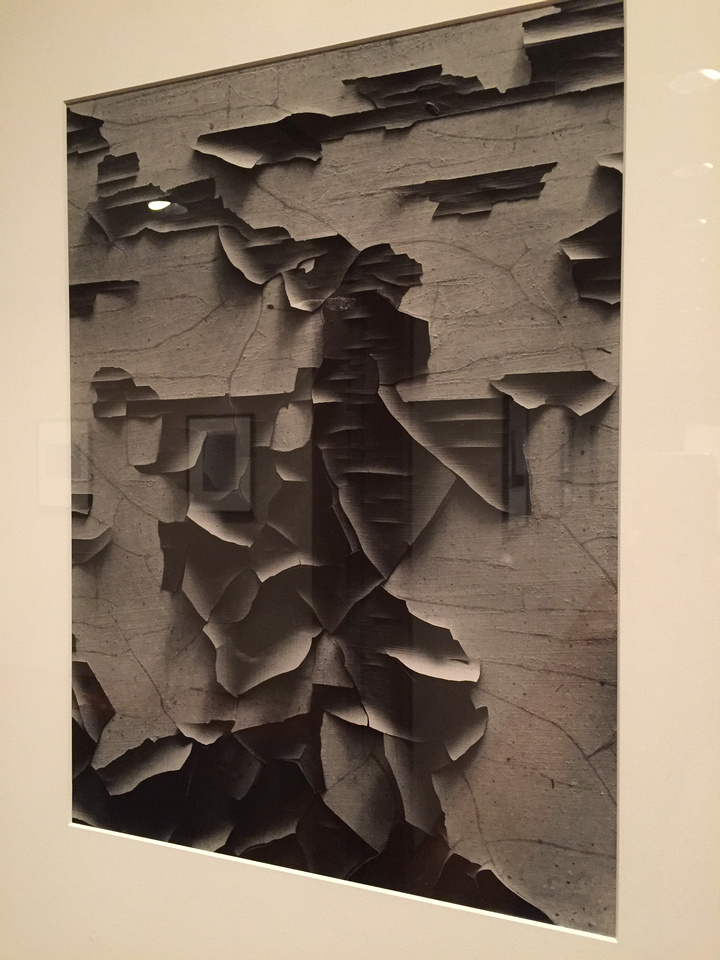



Some insightful person once said:
A room without books is like a body without a soul.
I think that the same could be said about art in the home. After all of the talk and arguments about gear, pixel-peeping, paper weights, and printer profiles, just print and frame the damn photo! It’s an amazing thing to view a properly framed photograph on your wall. To walk by it each morning on your way to having your coffee and on your way home from a long day of work.
Print and frame your images for friends and family. Give it away or sell it if you must. All amateurs, hobbyists, and professionals should aspire to do this.
A photograph doesn’t exist until it is printed, said, Constantine Manos
The light is always right.
jhg
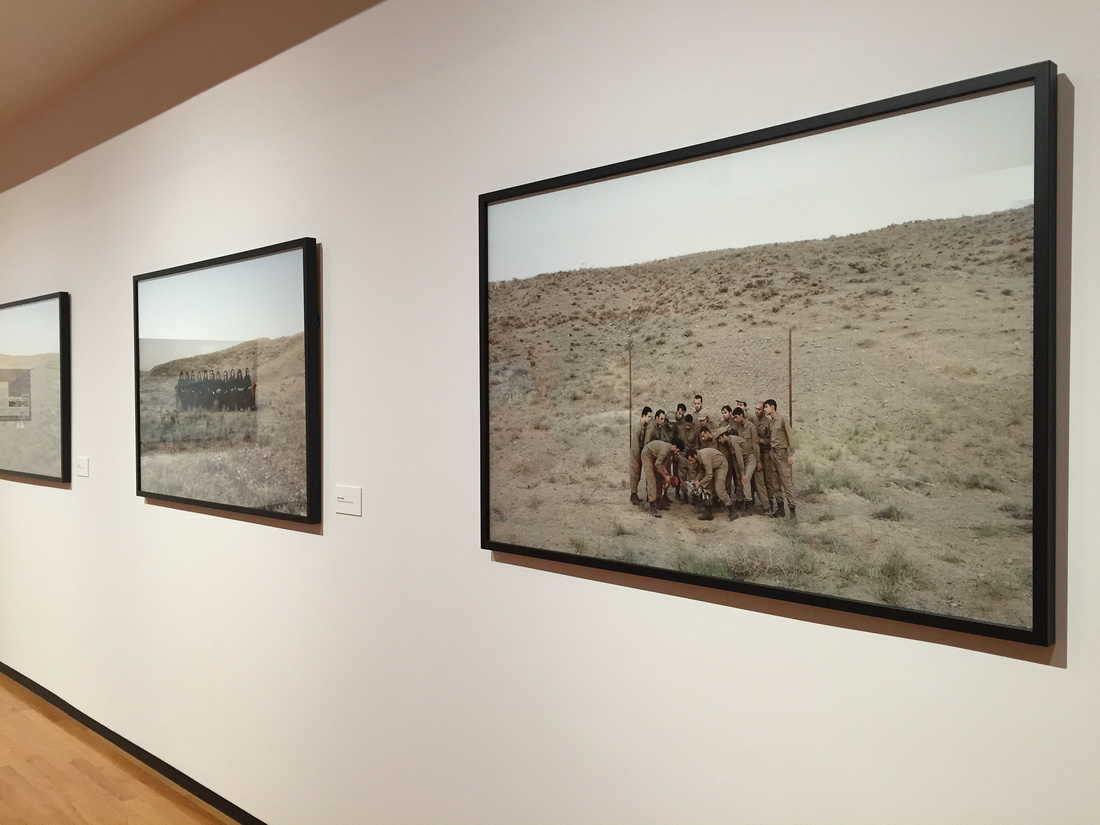

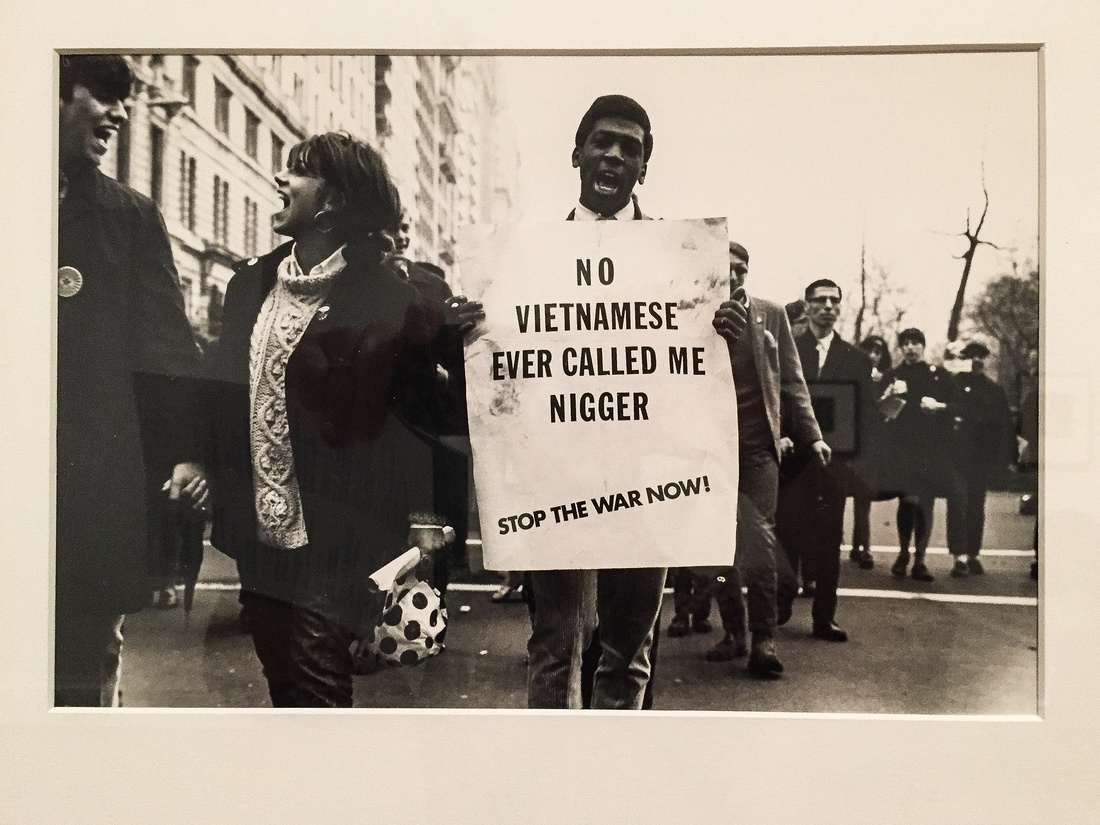

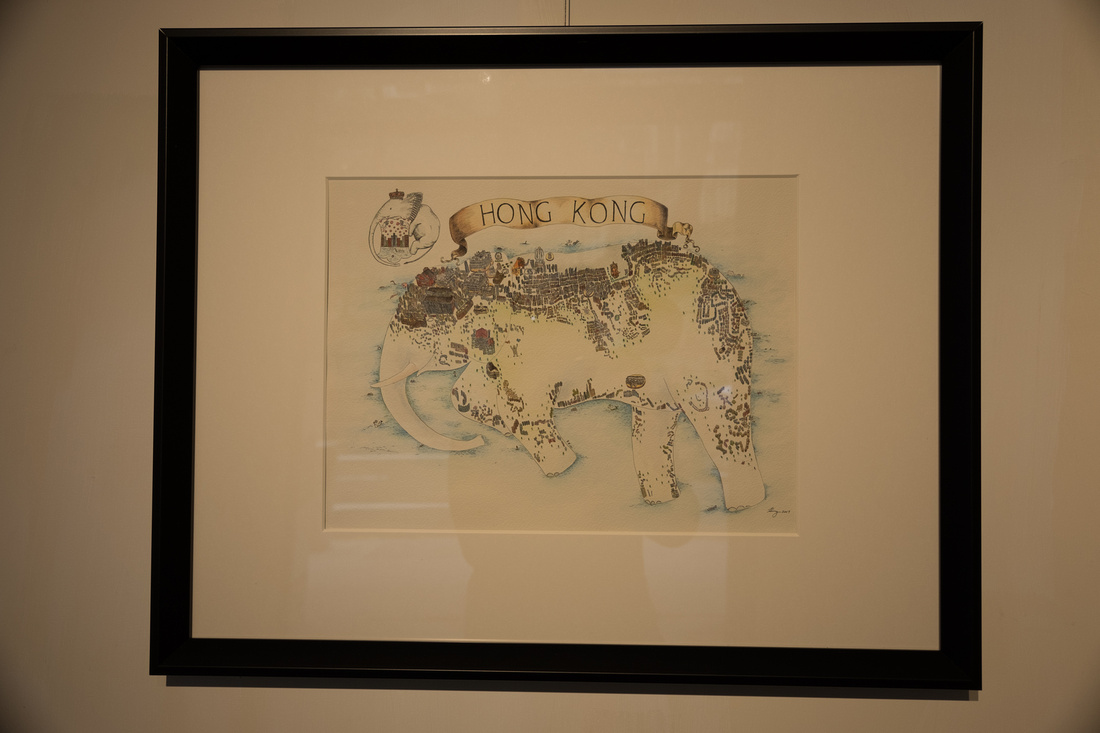

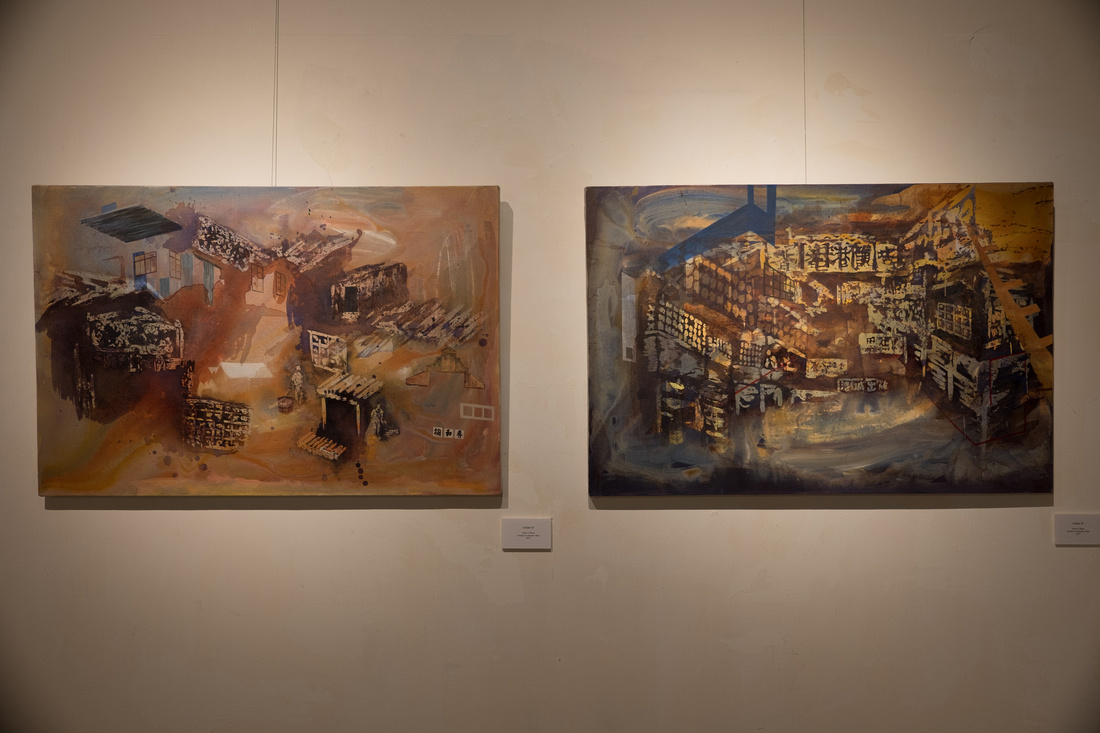

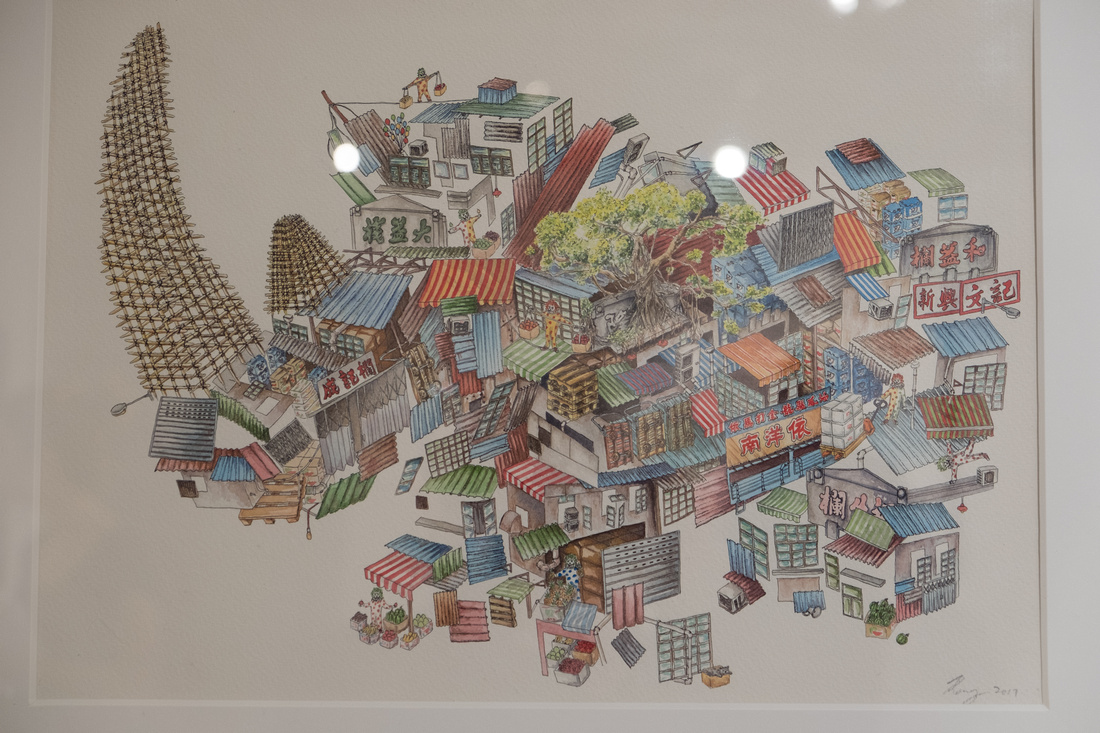

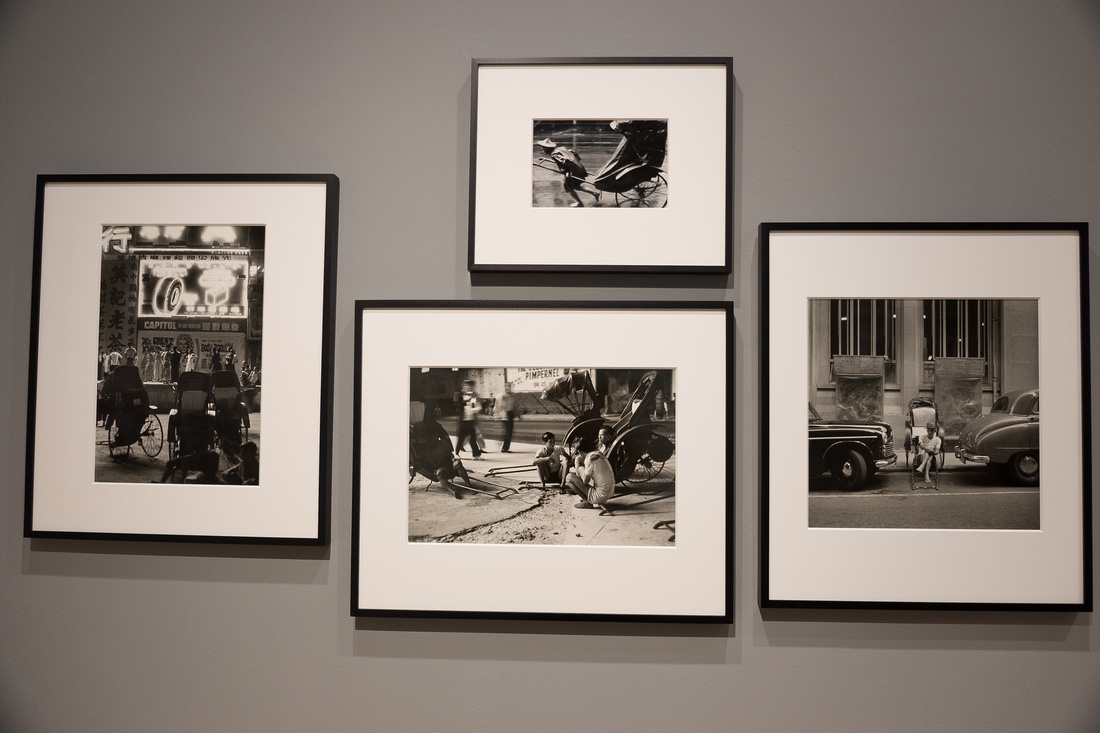

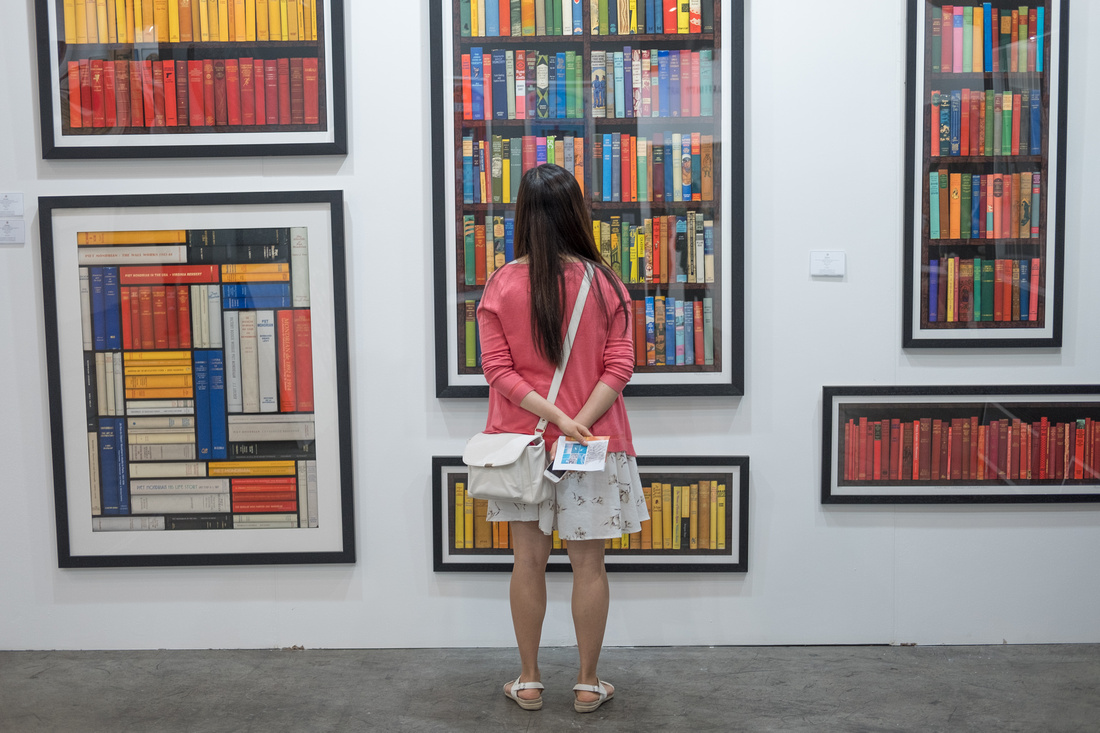



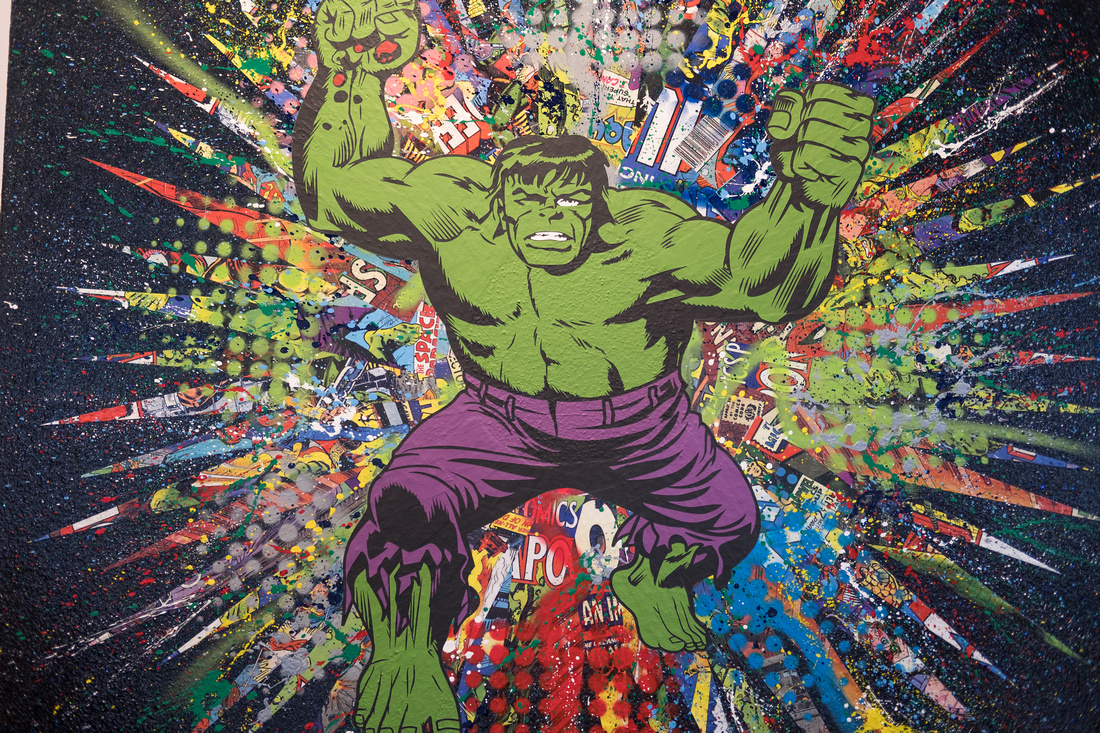

Blog #58 Micro & Macro Education in Photography
Blog #58 Micro & Macro Education in Photography
In this week’s blog, I would like to offer some food for thought on the concept of education in photography. As an artistic medium and endeavour, like most things, formal or informal instruction as well as practice is required for improvement. I offer that there are two distinct types of learning that lead to improvement of the photographer. Let’s call them Macro and Micro Education and discuss how they relate to personal improvement.






Very simply, Micro education involves: education of the use of lenses for specific applications, composition, aperture and shutter speed, ISO, post processing techniques akin to the darkroom such as burning, dodging, vignetting, black and white, high contrast, selective coloration, toning (cyanotype, printing images in blue tones or another colour such as sepia), depth of field manipulation and other related technical aspects of making an image or printing an image.
We all must learn the technical side of making images to enhance our creative process. Modern cameras, have many controls that afford the photographer multiple tools at his or her disposal to make the connection from the image in their head (vision) and the final product. The more we learn how to operate these controls, the closer we bring our vision into the real world. Take back-button focus, for example. Do you need this? How do you know if you need this feature?
In contrast, Macro education includes learning and professional development on the topics of: defining style, finding your artistic voice, developing your inner artist statement and having something to say. This is harder to teach, and therefore harder to learn. This comes in time and although many introduction to photography courses might make mention of or try to address this topic, I expect that this aspect of the process might get lost along the way in many cases. Most of the articles online these days surely fail to address this all-important and arguably essential aspect of photography.




Both Micro & Macro are required for an intersection with the artist that will work well and communicate something uniquely specific from you and your photographic vision.
I’m reminded by the old saying:
“How do you get to Carnegie Hall?”
“Practice, Practice, Practice!”
Watch John Free's advice to street photographers to practice and view some previous Blogs on the subject of self improvement (See Blog #7 & Blog #52).
Now get out there and make some art!
The light is always right.
jhg
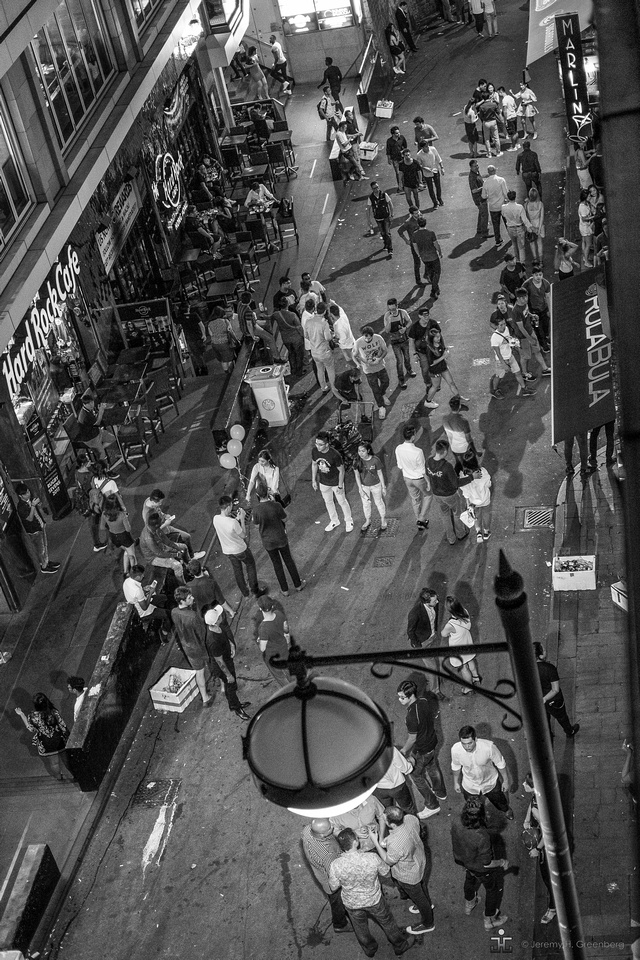

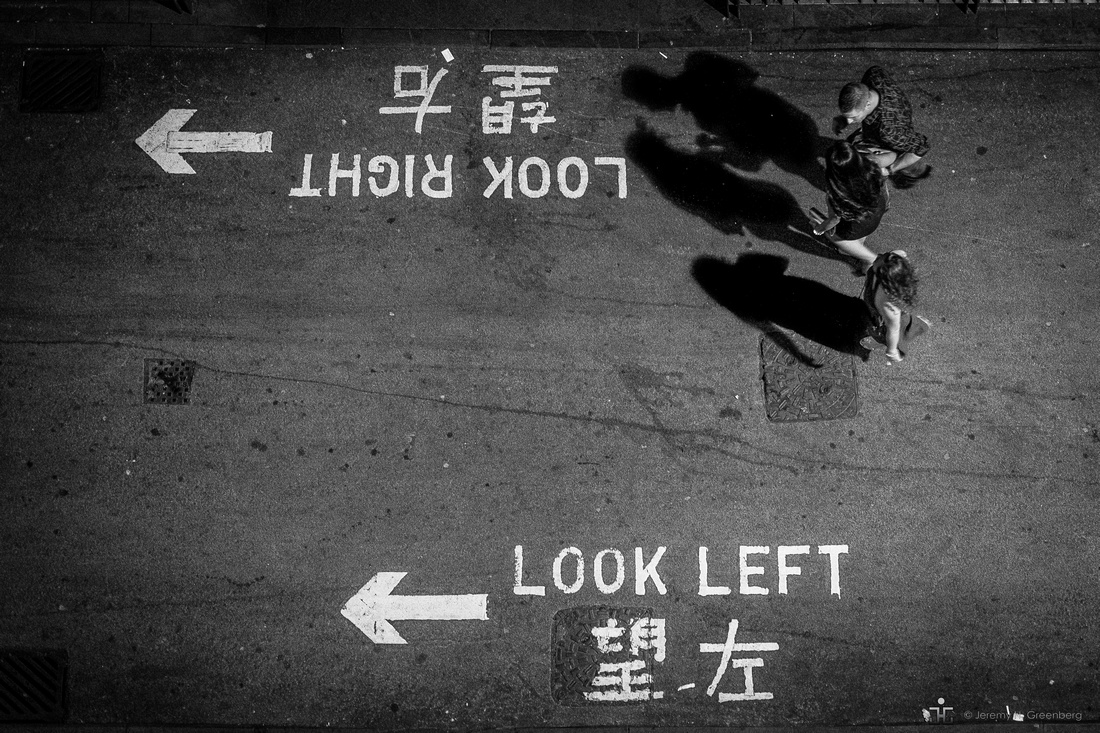







Blog #57 Under the Influence
Blog #57 Under the Influence
I have a lot to be thankful for. My mother went to RISD was and still is a fine artist. She’s an abstract painter. My father, when he was alive, went to Parsons School of Design for mechanical drawing, then worked mostly in advertising and publishing, and could draw and illustrate with great craft and skill. In our home, there was art all around and the daily cartoons on my brown bag lunches through primary school gave me great joy and provides fond memories.
In high school, I took drawing and a black and white film photography course with my father’s Nikon F that started me on the path that I now continue to travel. A few years ago, after completing the Professional Course in Photography with the New York Institute of Photography, I continued my education through multiple means.


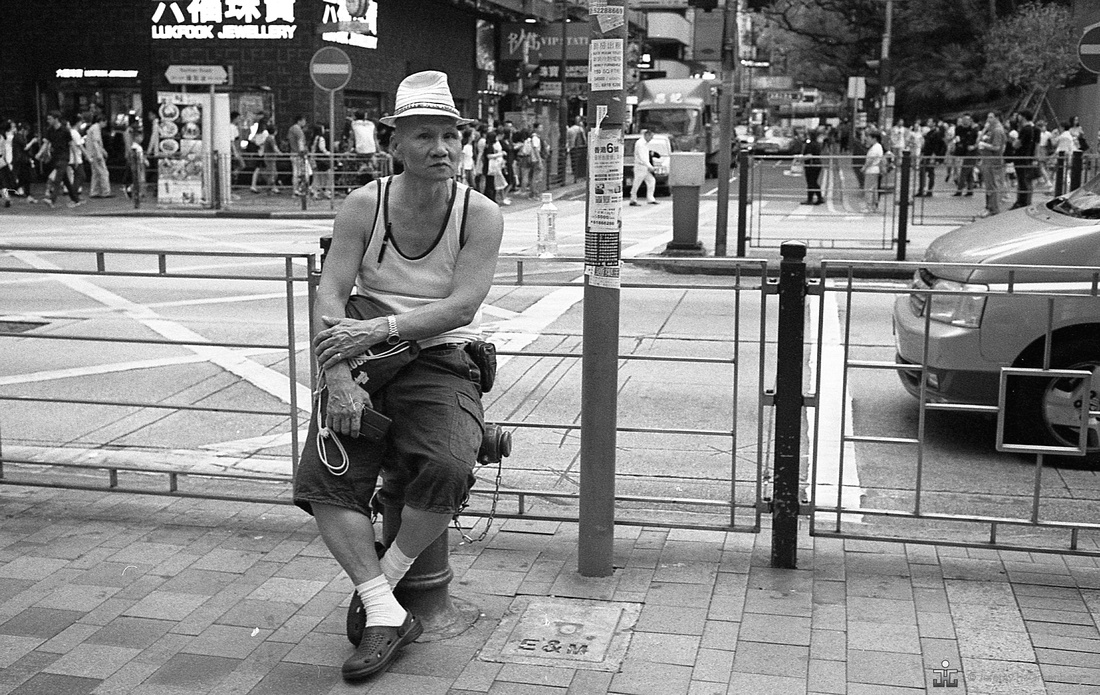

I have been to countless art and photography shows. In fact, the first thing I look for in any city that I visit is usually an art or photography show at the local museum. For some reason, I have developed an unquenchable thirst for viewing art and photographs.
Although I do enjoy a modest collection of film cameras, for the most part, I have switched from buying gear to buying photography books at every chance that I get. Here’s a partial list of the photographers whose books I own: Henri Cartier-Bresson, William Klein, Robert Frank, Saul Leiter, Daido Moriyama, Josef Koudelka, William Eggleston, Gary Winogrand, Joel Meyerowitz, Alex Webb, Irving Penn, Bill Brandt, Takayuki Ogawa, Ralph Ellison, Alexey Titarenko, Nan Goldin, and Sam Abell. I read, and re-read these from time to time and cherish them like a hunter who mounts great busts upon the wall.
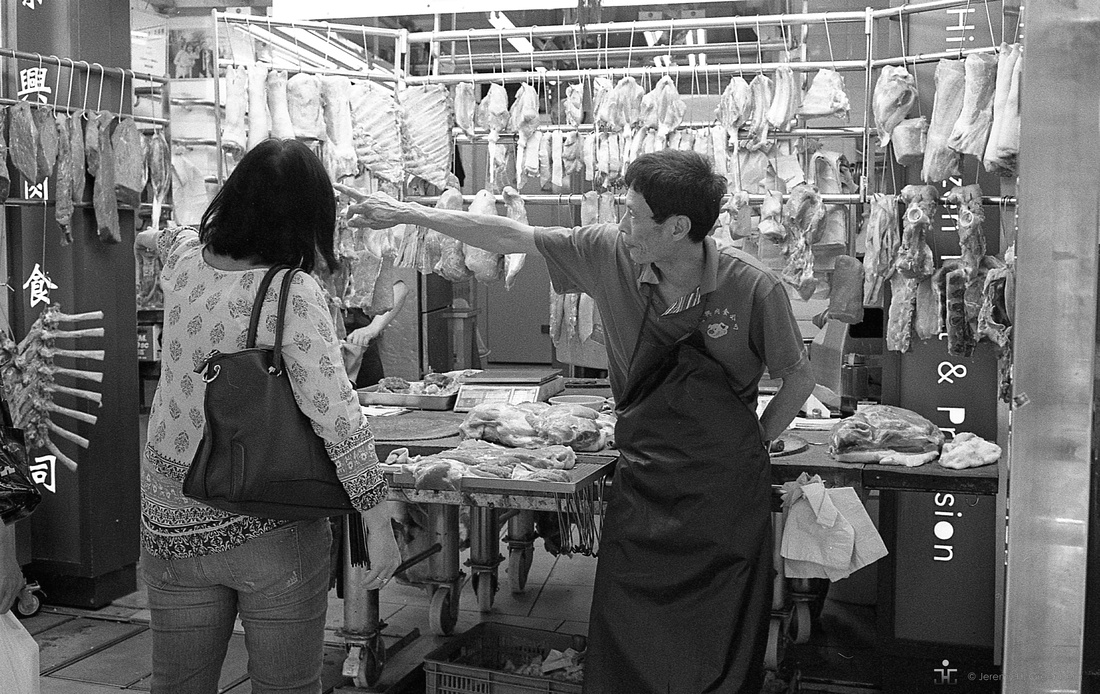

It’s a great time to be alive and to be a photographer. Online sources abound. From Ted Forbes’ The Art of Photography channel on YouTube to Digital Photography School , there are so many excellent sources of information that provide inspiration, technical knowledge, and amazing stories all about this medium that I love so much. Kai W keeps me equally as informed as much as entertained, while Eric Kim shares his invaluable philosophy, image making techniques, and fresh views on using social media rather than allowing social media use you.
Bellamy Hunt temps with his gorgeous vintage selection of the very best cameras and lenses on his Japan Camera Hunter site while Vishal Sonji provides a never ending cornucopia of film along side magical fountains of developer on Camera Film Photo. Accessible sites like Casual Photophile provide a steady stream of gear reviews, along with tips and techniques for beginners, hobbyist, and pros alike.
When I’m ready to print and frame, Jack and Jun at Photato are the guys to see. I just love their company name and they do some the best quality framing in town.
Anything and everything that I have accomplished or will accomplish as a photographer I owe to all of my influences past, present, and future. Indeed, I am reminded of the humble modesty of Sir Isaac Newton who stood on the shoulders of giants.
The trick is to never stop learning, never give up, and keep working to improve the craft.
One of my favourite quotes is:
“Inspiration is for amateurs - the rest of us just show up and get to work” - Chuck Close.
The light is always right.
jhg






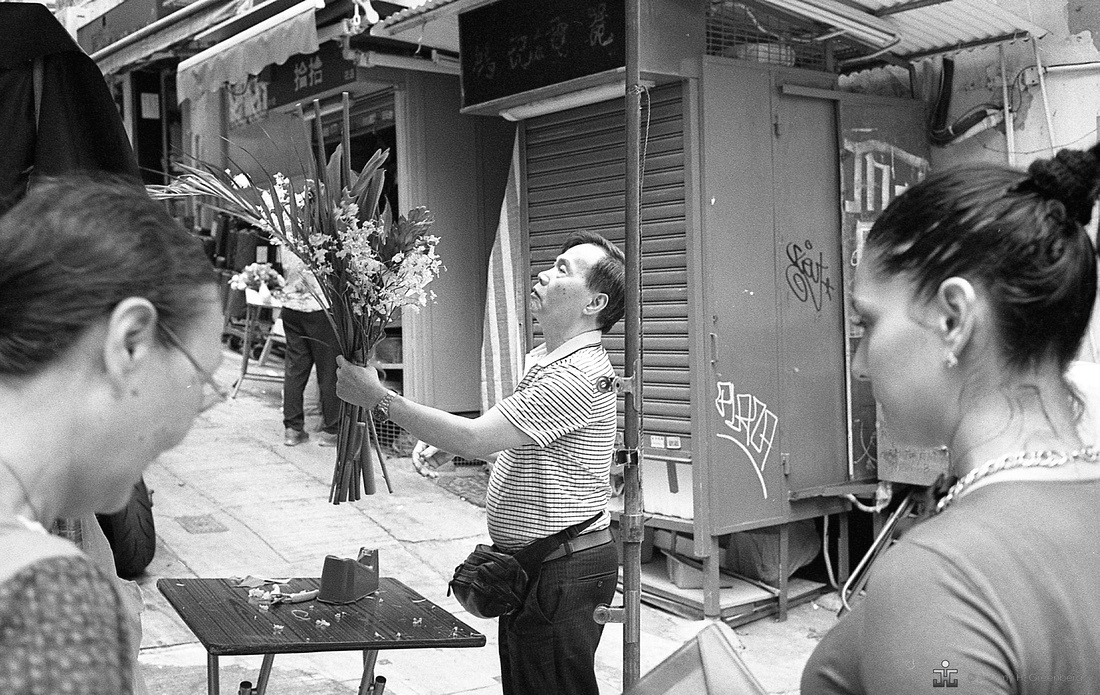



Blog #56 Zeitgeist: The Sign of the Times
Blog #56 Zeitgeist: The Sign of the Times
One of my most favorite words is zeitgeist. It means spirit of the times from the German “zeit” meaning time and “geist” meaning spirit. It’s used to describe a feeling or mood in a given time period such as the rebellious and revolutionary times of the 1960’s in the US, Europe, and Japan.
This decade of 2010-2020 has its own zeitgeist and it is not premature to mention that here and how that relates to photography. Here, I will describe three books that can be tied to the zeitgeist of this decade and I will attempt to describe what I think that is.
Around a week ago at the time of this writing (24 April 2017), Robert M. Pirsig passed away. He was the author of the famous Zen and the Art of Motorcycle Maintenance, An inquiry into values. Published originally in 1974, this was a significant book about a road trip that he took with his eleven year old son across the mid-west of the United States that also discussed philosophy, the definition of quality, values, and the pure joy and satisfaction that can be felt when working with your hands (particularly on one’s motorcycle). Mr. Pirsig’s passing was a great loss.
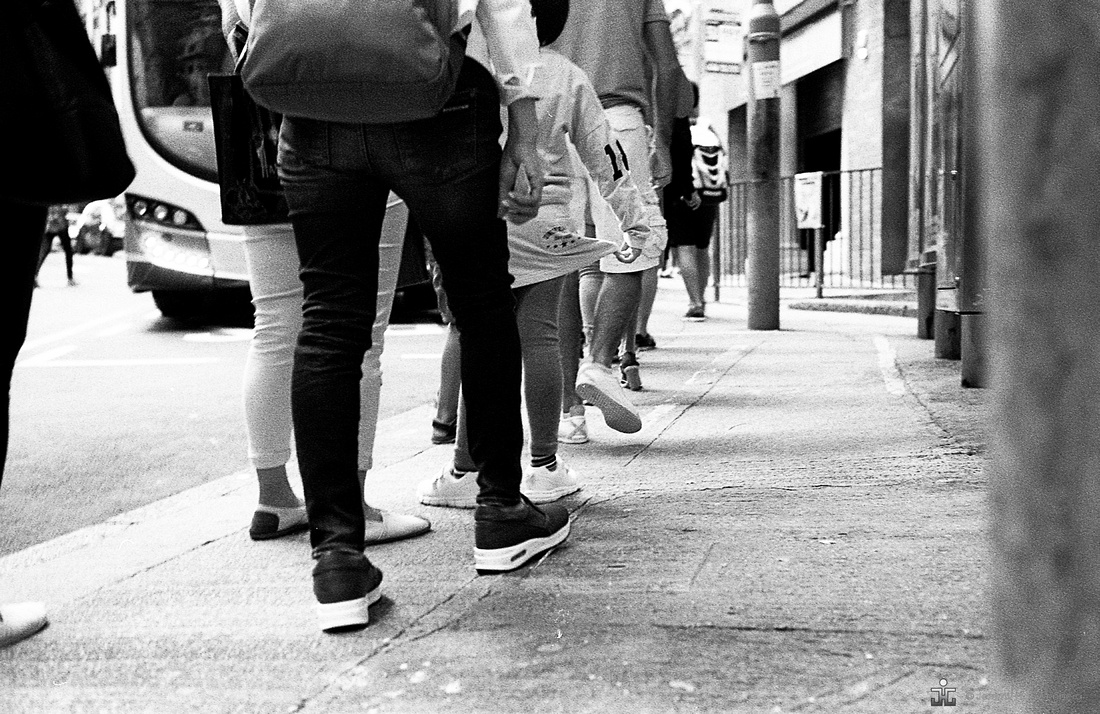

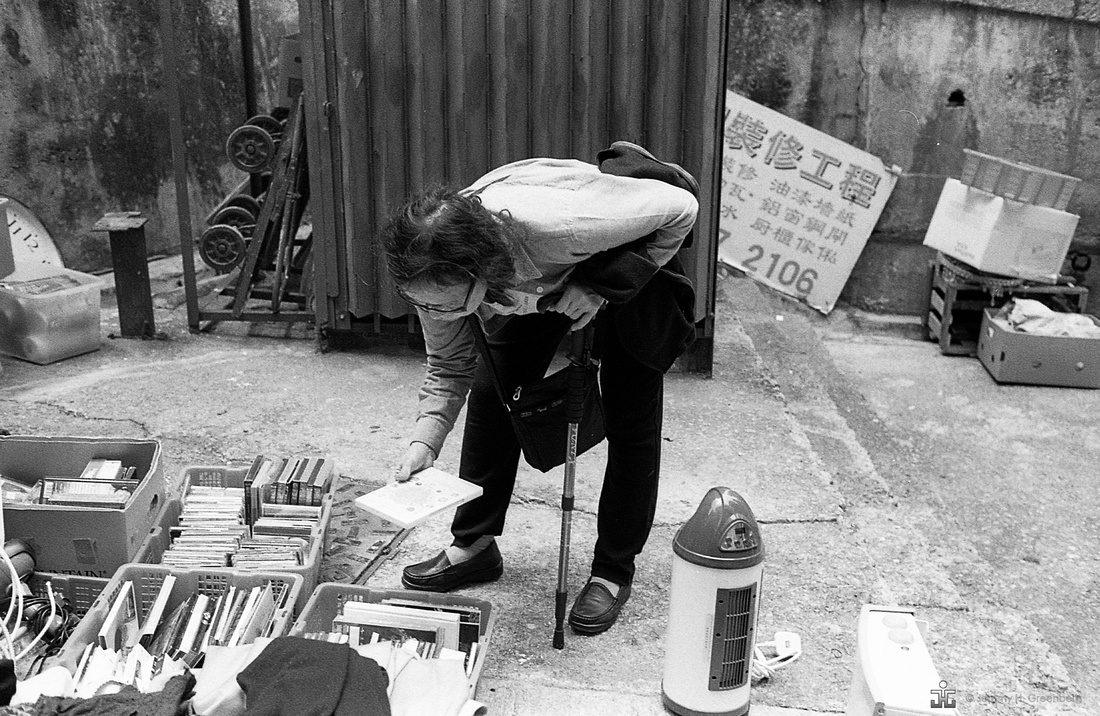



A second book that came out more recently in 2010 by Matthew B. Crawford titled Shop Class as Soulcraft: An Inquiry into the Value of Work was an interesting read about a corporate think-tank executive who walked away from it all in favour of starting a motorcycle repair shop all by himself. Crawford argues for the value of fixing things, and rebels against the disposable lifestyle that has perpetuated the popular culture since around the 1980’s. Everybody on this planet, our only planet, needs to get back to appreciating physical things like machines, and working with our hands. One might expect that Crawford was influenced, as many have been, by Pirsig’s seminal book. Indeed, there are many others like Crawford who are jumping off of their corporate band wagons in favour of pursuing their dreams in creative fields or adventurous endeavours. More power to them! I am reminded by one of my favourite fantasy novelist’s words…
“The creative adult is the child who has survived”
Ursula K. Le Guin
Last year in 2016, The Revenge of Analog: Real Things and Why They Matter continued on this trajectory of finding value in the things of old. All this flies in the face of the digital revolution where snapgramtwitface is the common denominator throughout the cultures of the world. These days, digital natives clash with digital immigrants in the work place as it gets reshaped by the new guard. The millennials are taking over, and it’s our purpose to make sure that they don’t wreck the place.
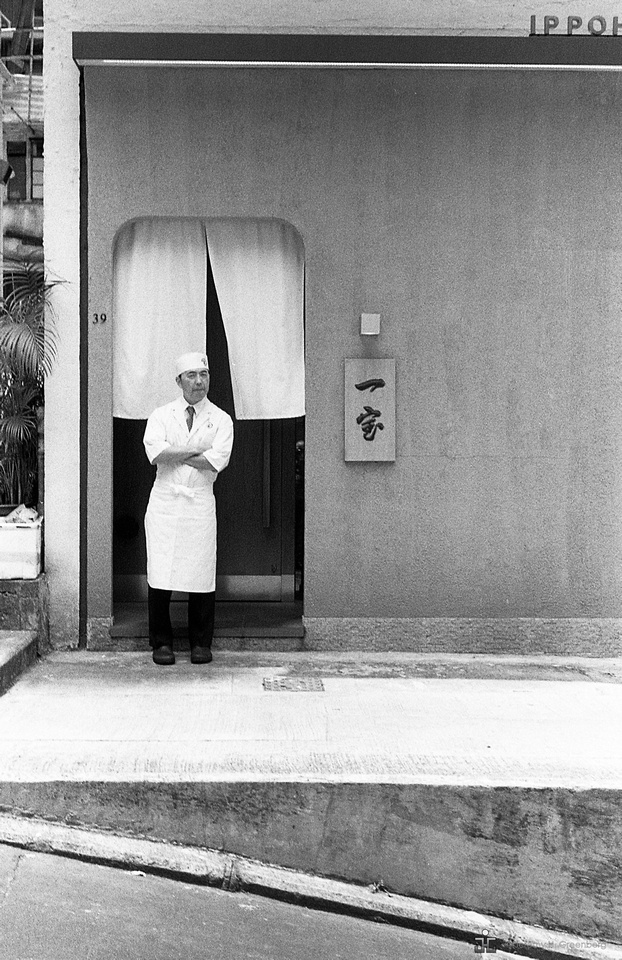

In this book, David Sax summarises the trends where paper, film, board games, and analog ideas as well have seen a massive resurgence in the last decade. He tells the stories from the mouths of those involved at the factory and retail levels. FILM Ferrania, for example, has dusted off and cranked up their coating machines and will produce this glorious film in Italy once again (I ordered some P30 already). Sax walks us through the revival of these things and also the revival of analog ideas. It’s a terrific read and I think that it illustrates the zeitgeist of this decade.
Sustainability is a hot topic these days across the globe as well as STEM (Science Technology Engineering, and Mathematics) in schools. So too are MakerSpaces popping up at the primary school level and shop classes that seemed to all but disappear lately, have come charging back. Once again, adults are showing boys and girls that math, wood working, electrical engineering, and hands-on activities are valuable, worthwhile, and necessary to learn before leaving school. This is a wonderful thing to watch and an even more rewarding experience to be a part of.
My contribution to the war effort, so to speak, is through the THS Photo Club. So I guess that the zeitgeist of this decade is one of back to basics, rediscovery, appreciation for real things, analog things, and working with one’s hands. Of course digital is here to stay, and coding is right up there with the three Rs in grade school by now. All in all it is reassuring to this Generation Xer that analog (film especially) will keep it’s place alongside, but not behind the digital revolution, at least for the next 100 years so long as FILM Ferrania has something to say about it.
The light is always right.
jhg
